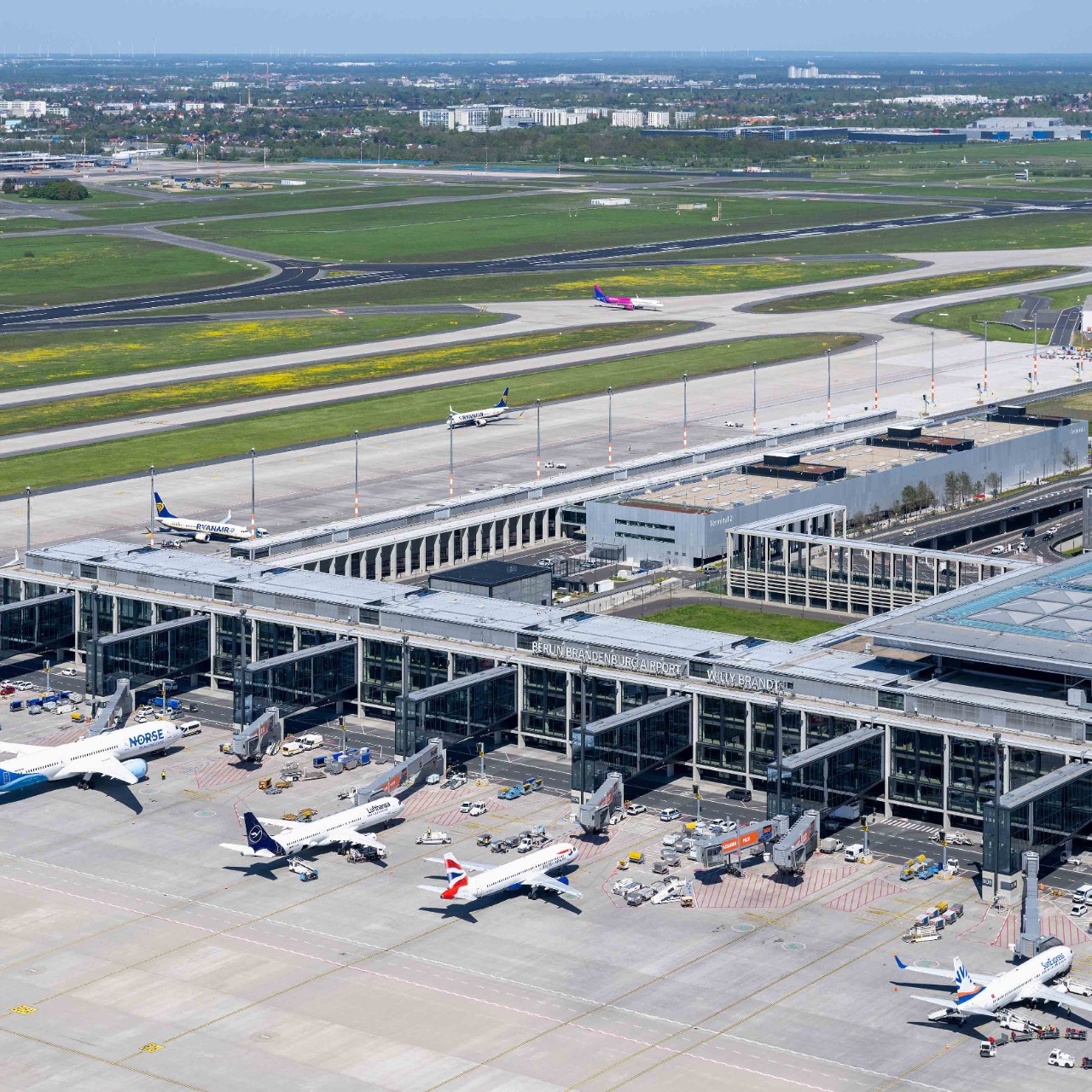The pop-up exhibition on level U1 of Terminal 1 is deliberately staged in a space that exudes a certain raw charm: an industrial-functional atmosphere with hard, solid materials, purpose-built and, at the same time, unfinished and undecorated. Firstly, this reflects the popular impression of BER, and secondly, it is an essential characteristic of this social space: an airport is planned decades in advance, is never finished, is subject to constant change, and yet it is solid, durable and designed for long periods of time under the greatest demands.



